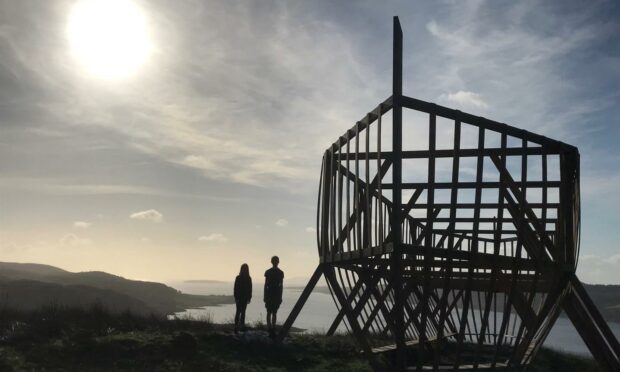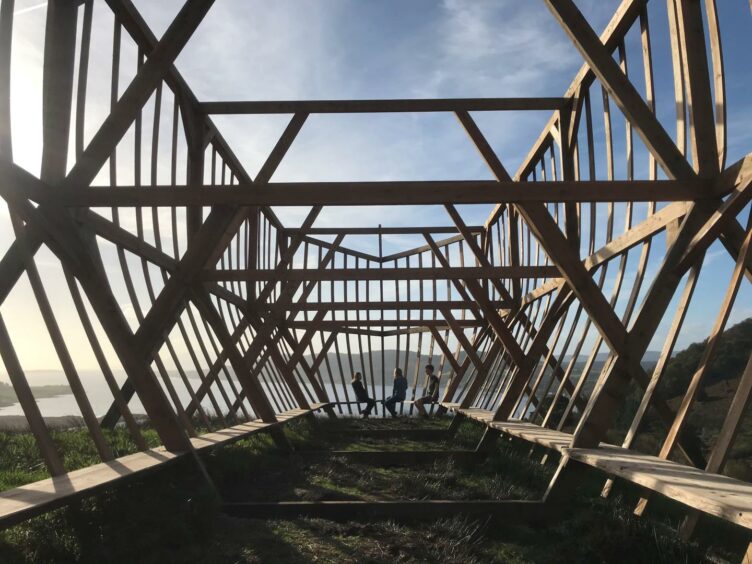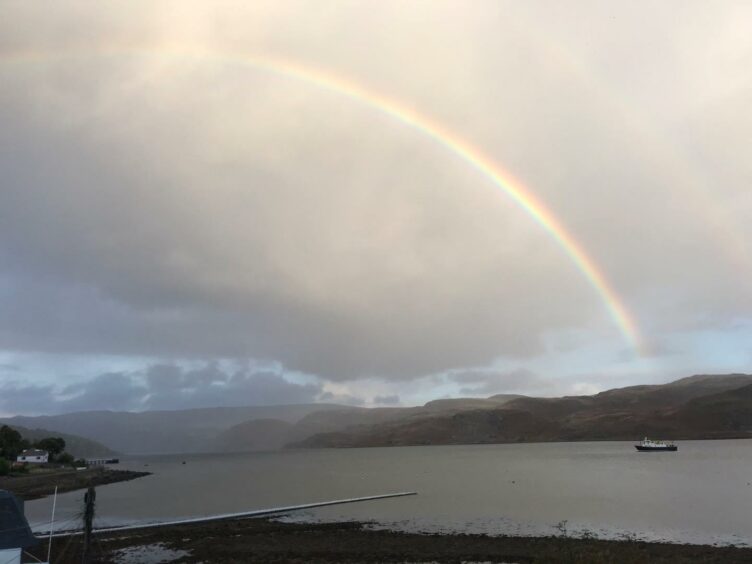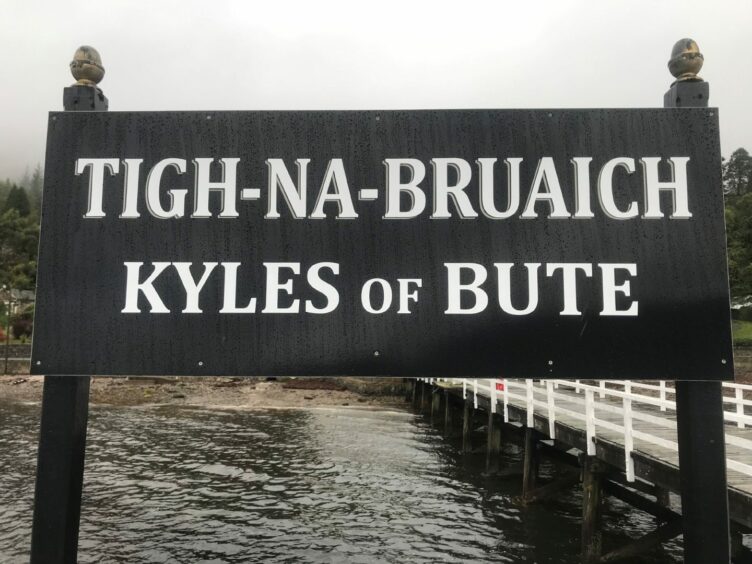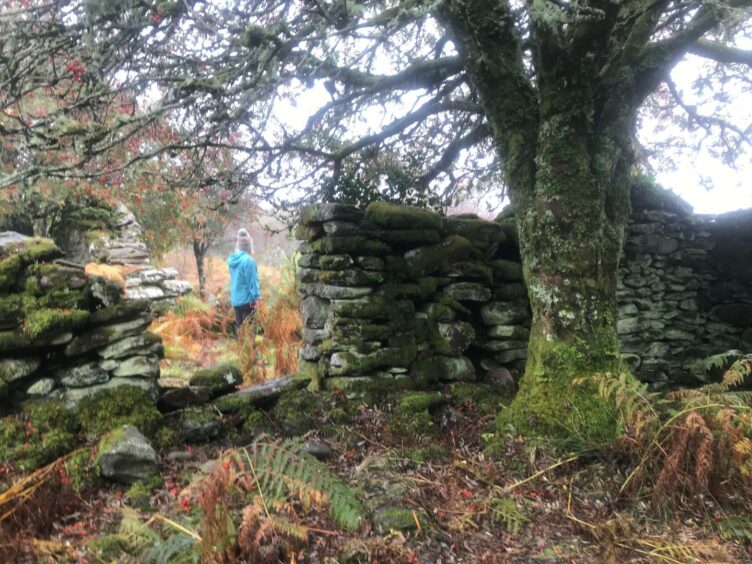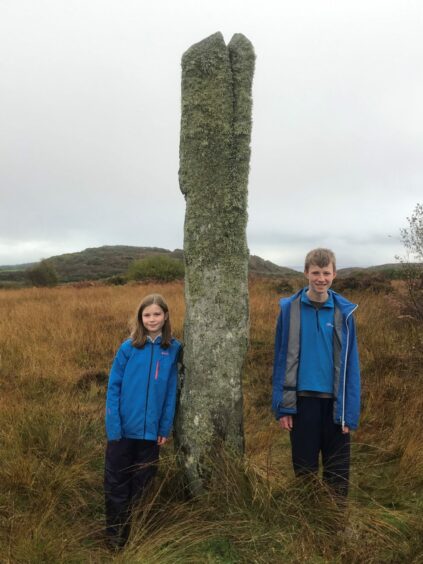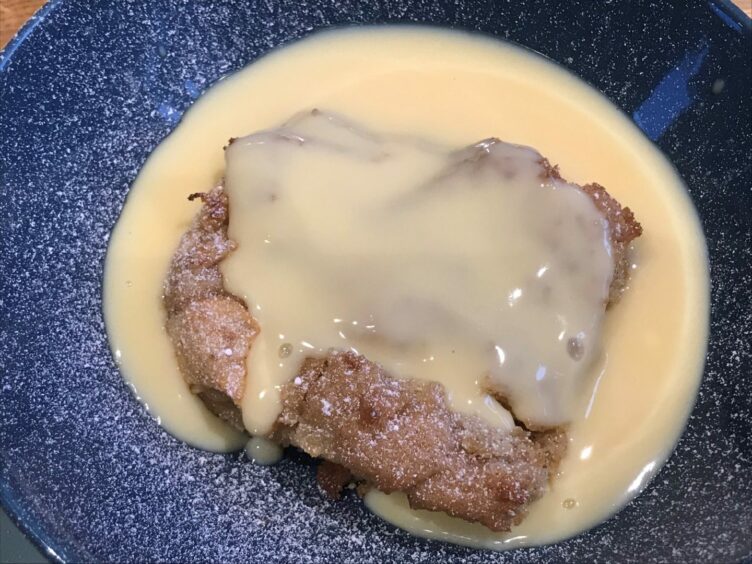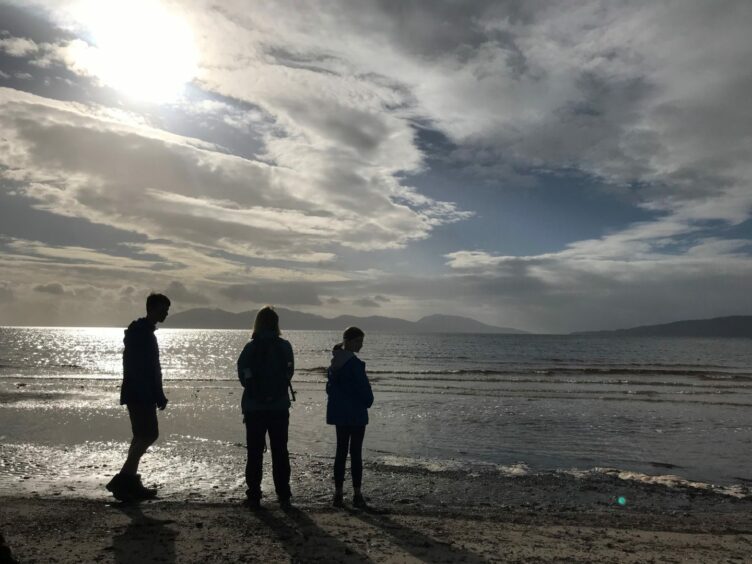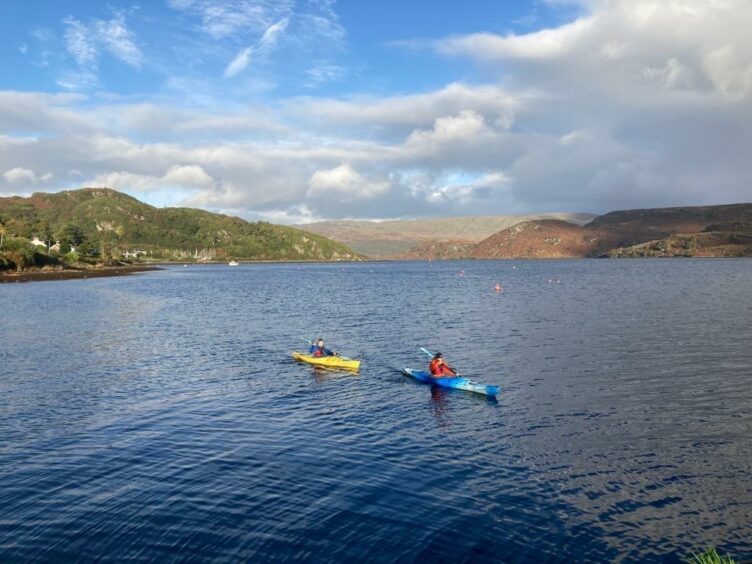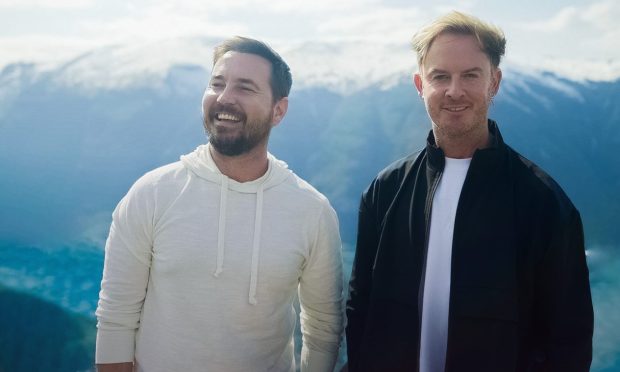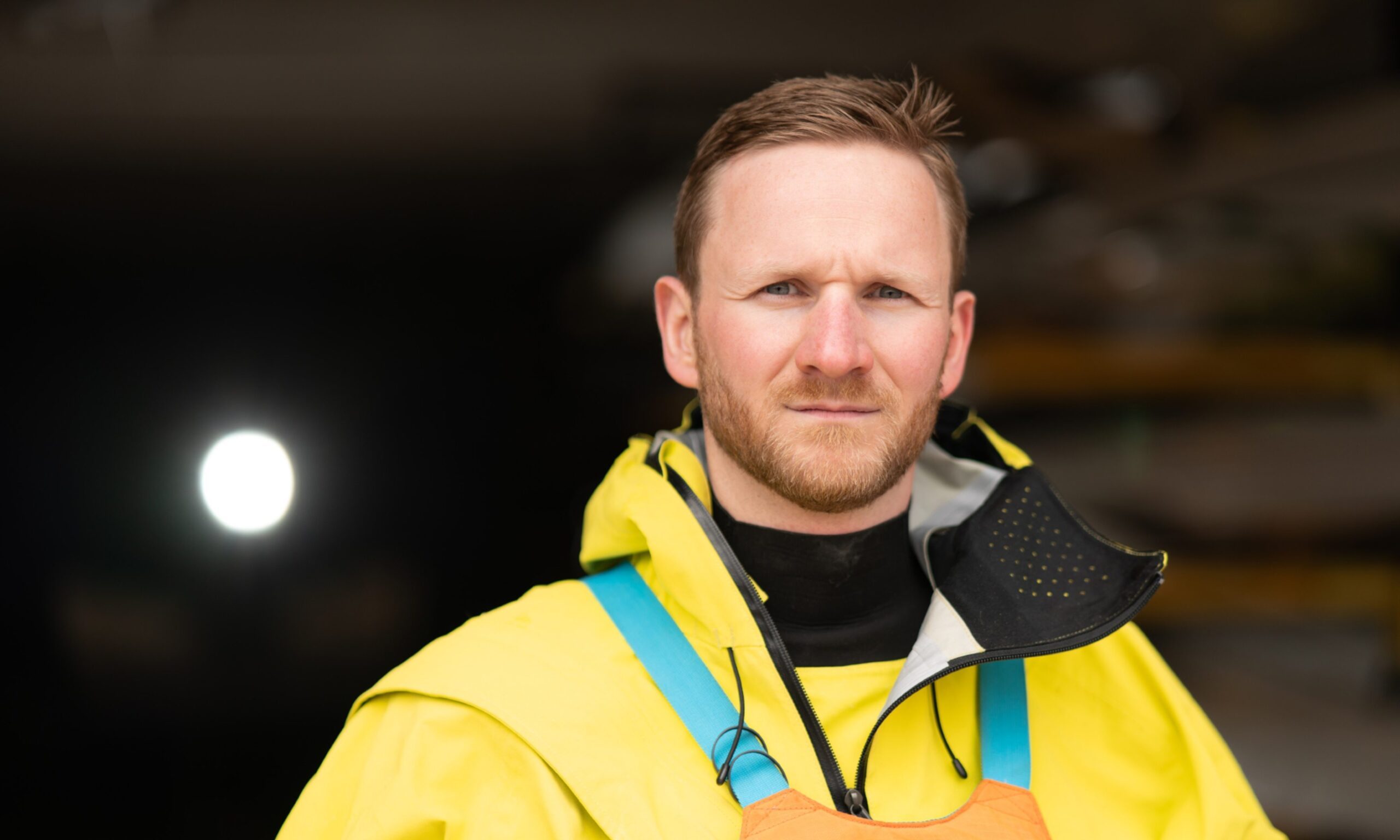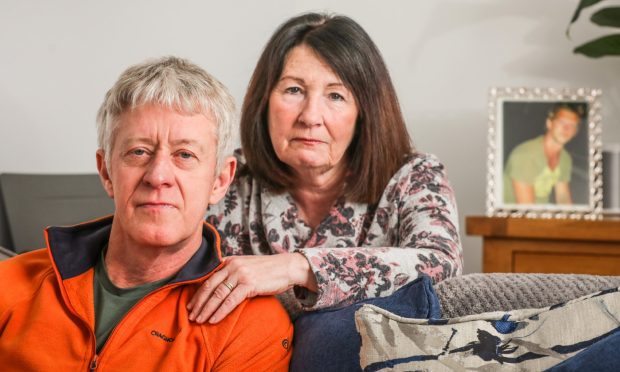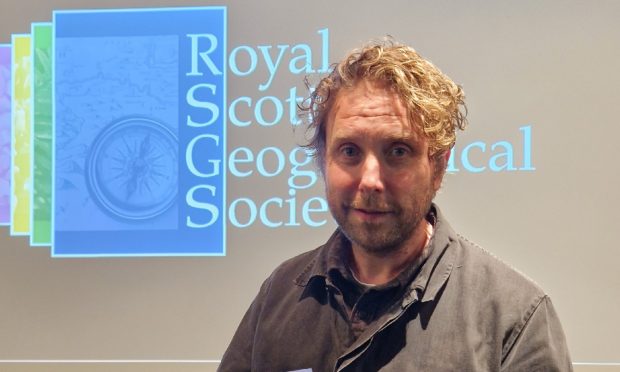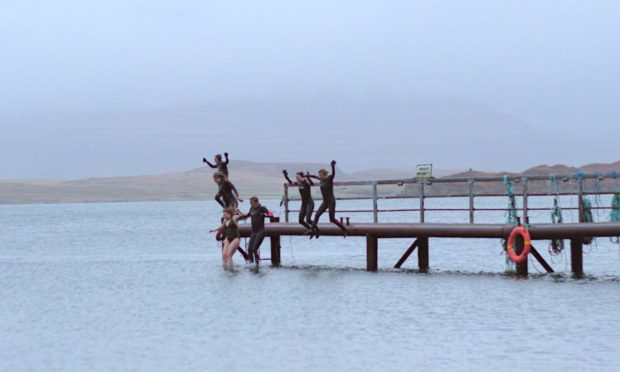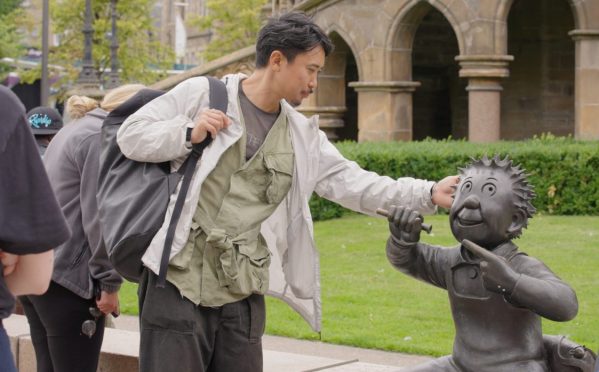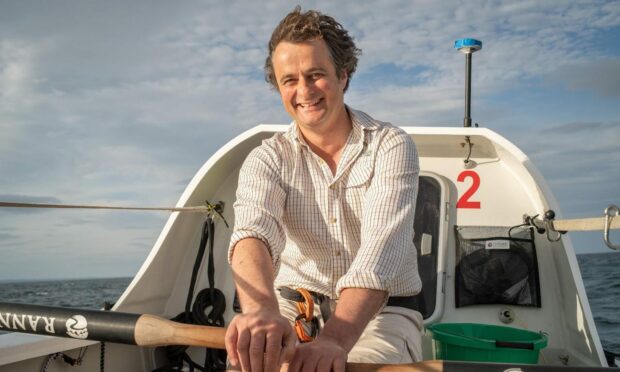Michael Alexander and his family got away from it all with a week at Tighnabruaich in Argyll and Bute.
High on the hillside, overlooking the waters of the Kyles of Bute, a sculpture of Noah’s Ark has been built by a local environmentalist to provoke thought about climate change.
The structure above Tighnabruaich, designed by local woodsman David Blair ahead of the UN COP26 climate conference in Glasgow, stands more than 20 metres long, six metres high and over five metres wide, with a bench seat all the way around the base where people can think about what is in front of them.
With sea level rise projections putting parts of Oban, Lochgilphead, Inveraray and Fort William under water within 30 years, the “Biblical scale” sculpture has been designed to represent the size of the challenge being faced.
What the sculpture does best, however, is that it strikes at the heart in a way two-dimensional headlines about climate change perhaps don’t always manage.
Changeable weather
The weather was certainly changeable during the week we stayed in Tighnabruaich during the October school holidays.
At times, it wasn’t so much four seasons in one day as all seasons in one day. But at least the three days of incessant rain at the start of the week were countered by the three days of wall to wall autumnal sunshine that followed. Welcome to the west coast of Scotland!
Having averted a Covid-19 scare the week before departure, it truly felt like a great escape as we left behind the world of ongoing home working and laptops to arrive at the accommodation we booked in the summer – a top floor flat with panoramic views across the water to Bute.
At face value, there might not seem like too much to do in the village of Tighnabruaich, which is a three hour drive from Fife.
However, with its discrete row of independent shops and cafes in the village centre, and being promoted as part of ‘Argyll’s Secret Coast’ on the Cowal Peninsula, it’s the ideal place to access a range of walking routes, and is also popular for sailing and cycling.
Abandoned village
Not to be put off by the torrential rain on our first full day, we headed south to explore Ardlamont Point, before bearing west around the peninsula to Portavadie, perched on the eastern shores of Loch Fyne. If it hadn’t been so dreich, we’d have had views over to Kintyre.
Here, the waterproofs were put to their first test on a muddy, rain-soaked mission through the lush ferns to find the remains of a village abandoned in 1309.
Taking in an art exhibition along the path, the Glenan Woods coastal trail took us through native oak woods and past moss-covered rocks and caves before we eventually came across the remains of the village high up in the forest.
Returning via the forest path, we were amused to discover the ‘Secret Coast’ living up to its name when, in a secluded bay near Portavadie, a dozen or so Royal Marine types – complete with handle-bar moustaches – had come ashore in their military grade kayaks and were setting up camp along the shore.
We even helped them find the owners of a ‘lost’ dog that had latched on to them!
Undeterred, the days that followed saw us take in several other local weather-defying walks.
Archaeology
The Stillaig Loop was a fantastically soggy ramble across moorland to a nine feet tall standing stone dating back to the Bronze Age approximately 2000 BC.
We also walked from Tighnabruaich to Caladh Harbour.
Heading from the village centre along the waterfront past some impressive mansion houses and continuing beyond the boatyard, the route takes in an impressive waterfall and the ruins of Caladh Castle.
We also climbed the hill through the woods to find the Lily pond which was built to supply the castle with water back in the day.
This path forms part of the Cowal Way which is a 57-mile long-distance route beginning at Portavadie in the south-west and ending at Inveruglas on the shores of Loch Lomond.
After one of our soggy walks, we treated ourselves to hot chocolate and apple pie/custard in the Five West café downstairs from our accommodation. A fine recommendation by the friendly staff!
When the sun did finally come out, however, it was stunning.
Taking to the water
Having ferried sea kayaks with us that have been languishing in our garden since the bairns were small, three fine afternoons were had reacquainting ourselves with them in the bay, while introducing the afore mentioned son and daughter to the joys of getting out on the water.
Ostel Bay was also worth a visit with fine views over to Arran while, on our last day, on the recommendation of our holiday neighbour, we climbed up a nearby hill to ‘The Giant’s Chair’ – another impressive sculpture with commanding views over the water.
*Michael Alexander and his family paid for their own holiday. For more information go to www.wildaboutargyll.co.uk/
